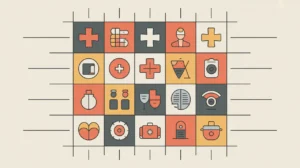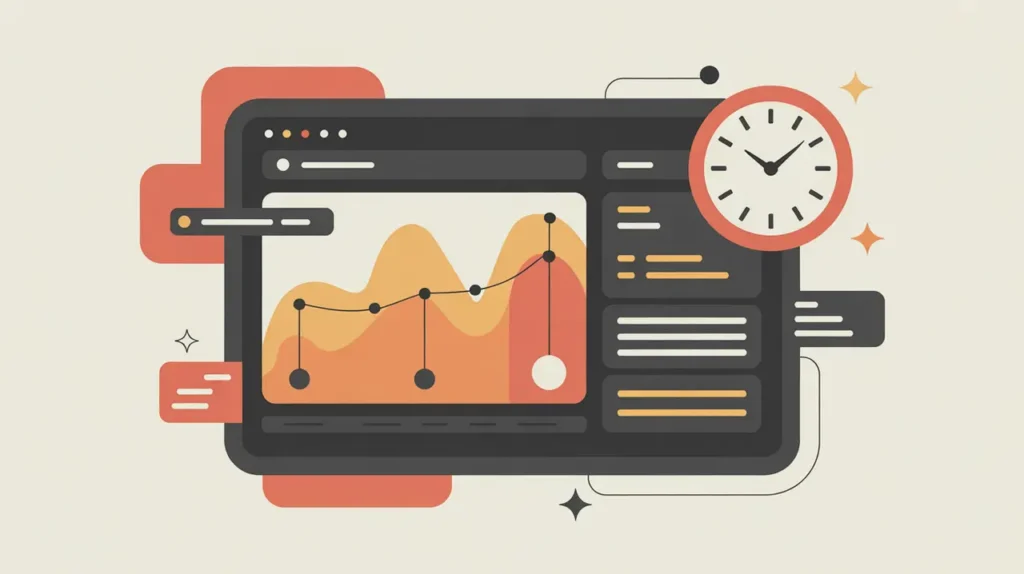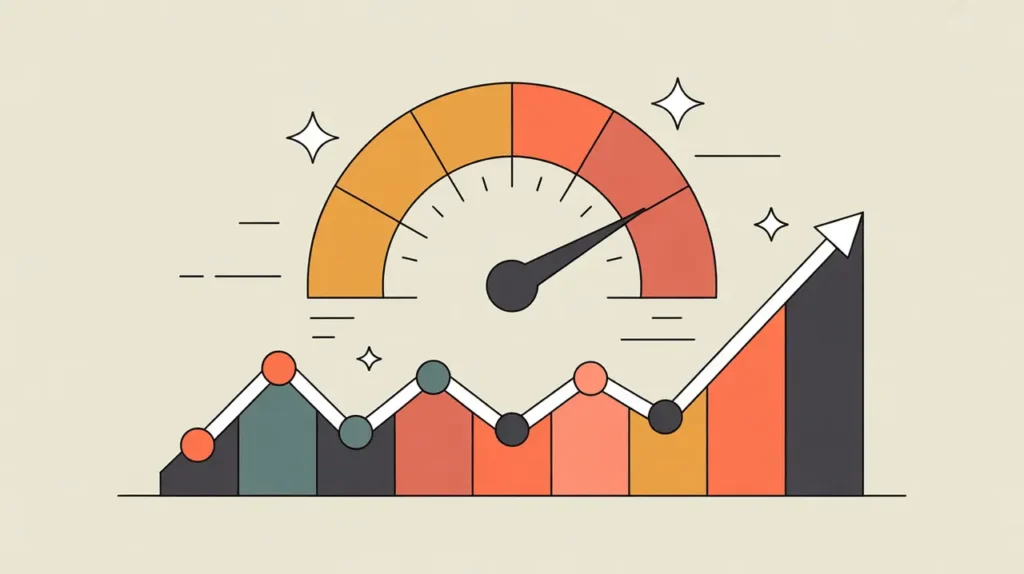Importance of Beneficiary / Community Monitoring
Beneficiary or community monitoring centers accountability and learning in the hands of the people most affected by programs. It matters because traditional monitoring systems often emphasize upward reporting to funders or regulators, while neglecting the voices of those experiencing the outcomes directly. By involving communities in tracking and assessing initiatives, this approach strengthens ownership, transparency, and the relevance of interventions.
Definition and Features
Beneficiary or community monitoring is the process of engaging program participants and local stakeholders in the observation, assessment, and reporting of activities and results. Its defining features include:
- Participatory Approach – positions beneficiaries as active monitors rather than passive recipients.
- Local Knowledge – integrates lived experience and contextual insight into monitoring.
- Accountability Mechanism – ensures services are delivered as promised and communities have a channel for feedback.
- Empowerment Function – builds skills, confidence, and agency among community members.
- Flexible Tools – employs scorecards, community meetings, surveys, digital apps, or social audits.
How this Works in Practice
In practice, community monitoring might involve villagers using scorecards to assess the quality of local health services, or youth groups tracking delivery of promised education resources. It could also include digital reporting platforms that allow communities to flag corruption, service delays, or unmet needs. The process often combines structured tools with open dialogue, enabling direct feedback loops between citizens and service providers. Challenges include ensuring inclusivity, avoiding elite capture, and managing tensions when critical feedback challenges powerful actors.
Implications for Social Innovation
Beneficiary and community monitoring contribute to social innovation by ensuring accountability flows downward as well as upward. For practitioners, it provides real-time insight into how programs are experienced and where they need adjustment. For funders and policymakers, it demonstrates commitment to transparency and participatory governance. At its most transformative, community monitoring can shifts power. It can turn beneficiaries into co-creators of accountability and making development efforts more responsive, legitimate, and sustainable.







